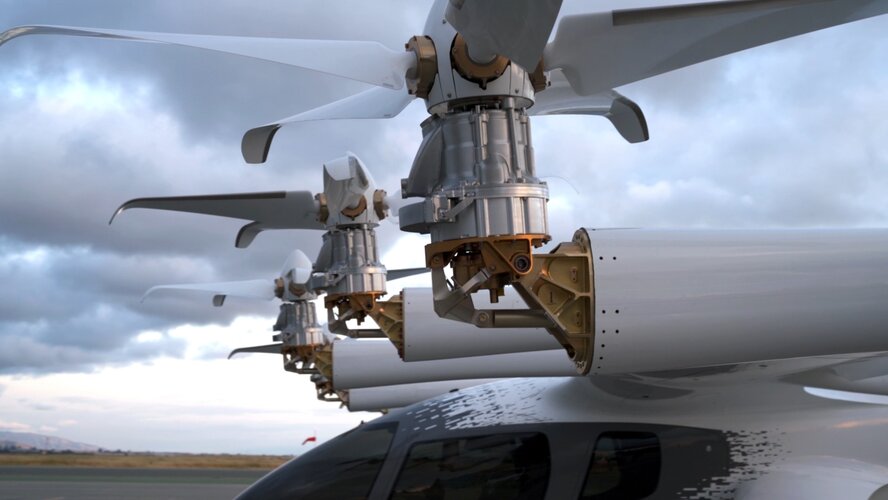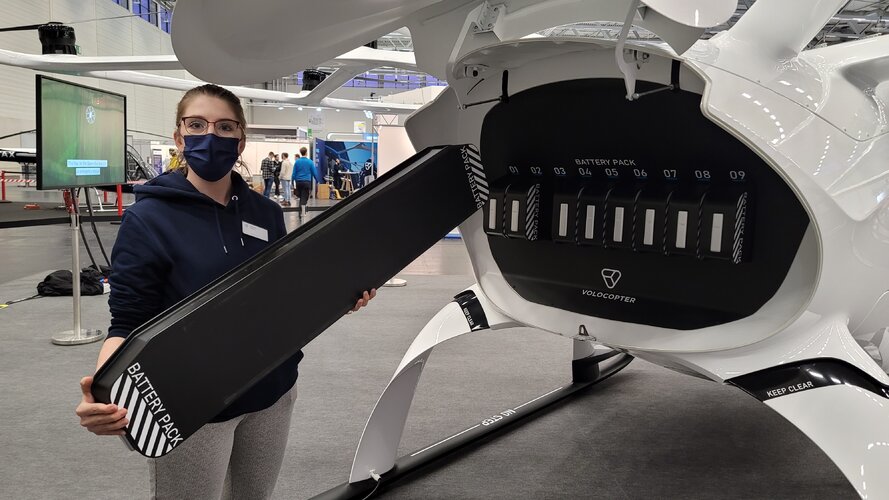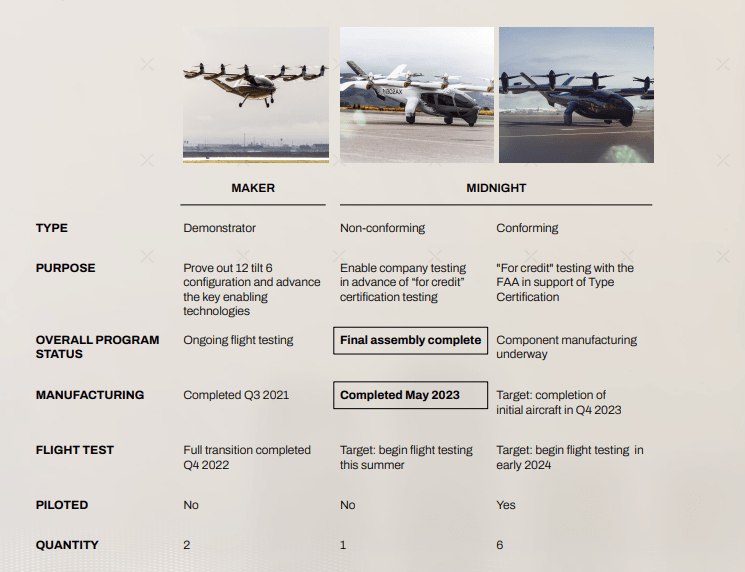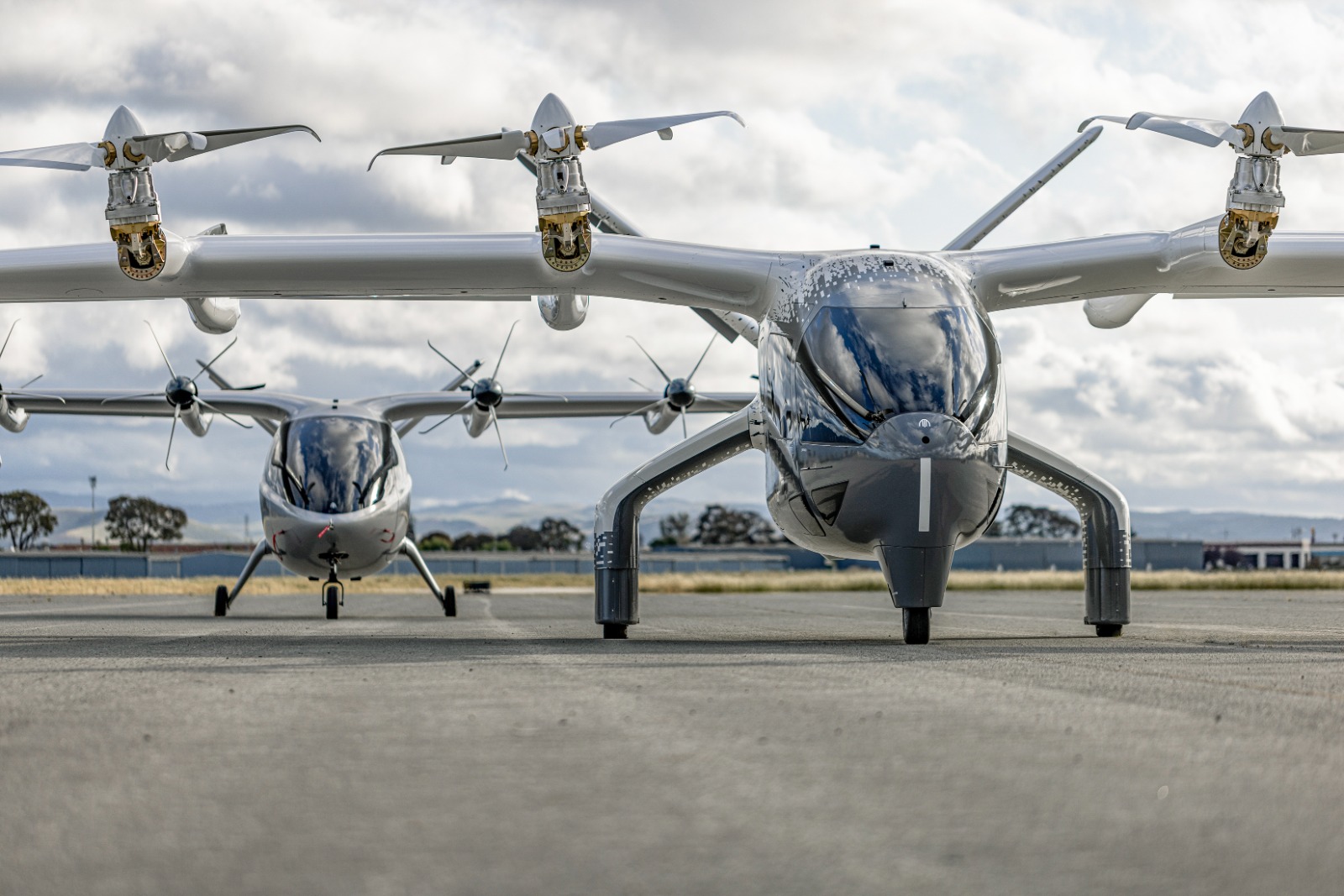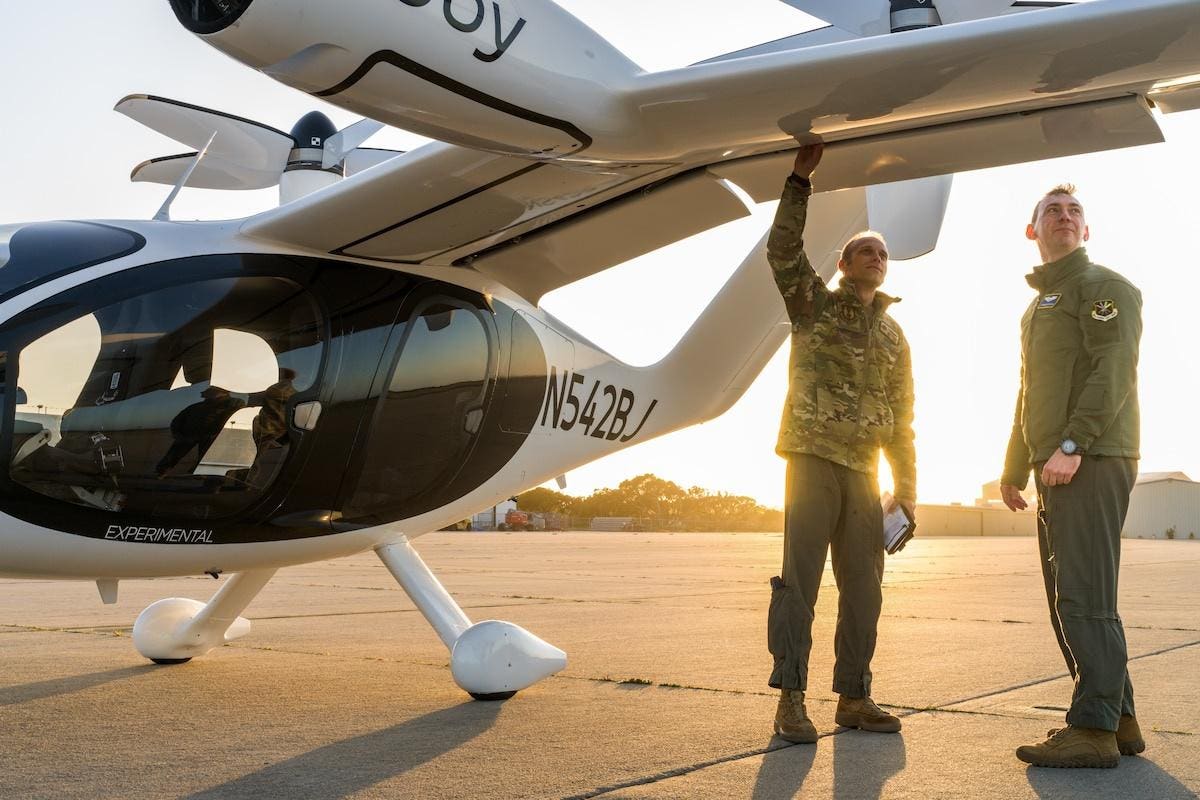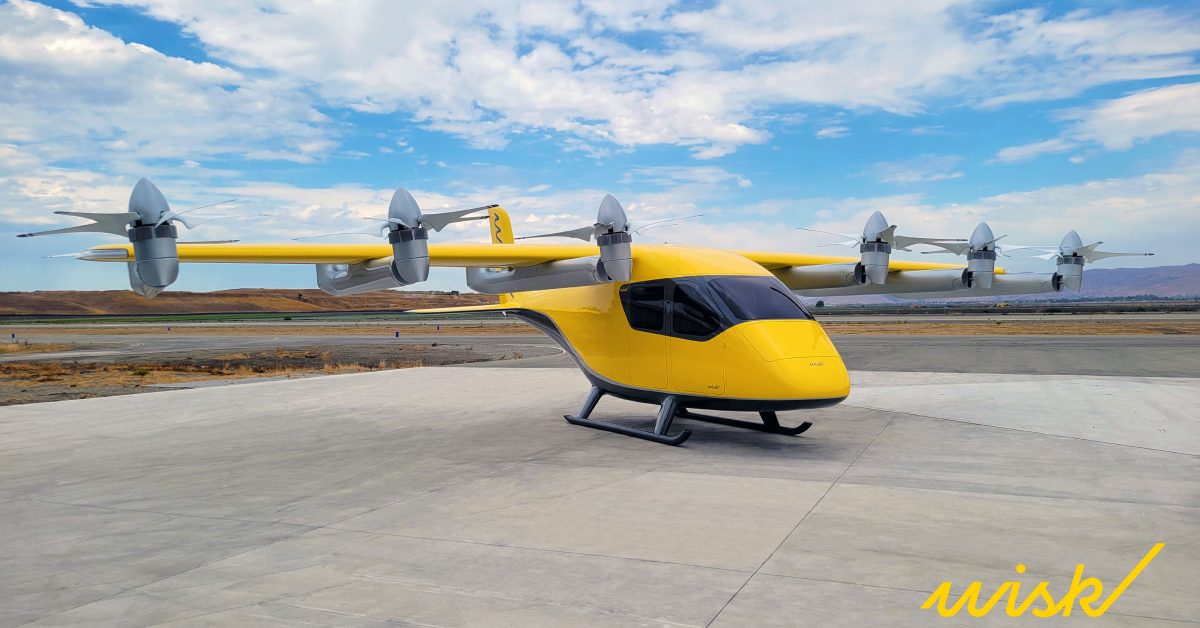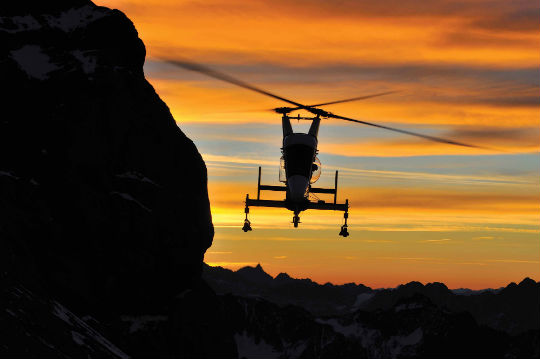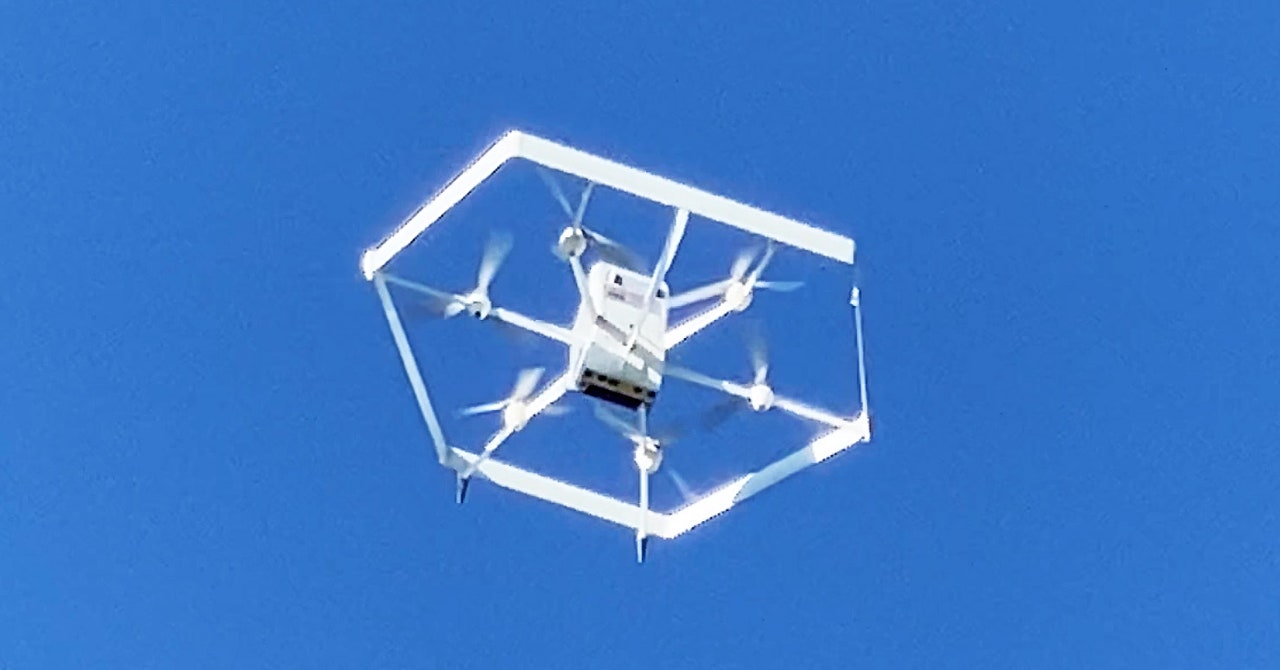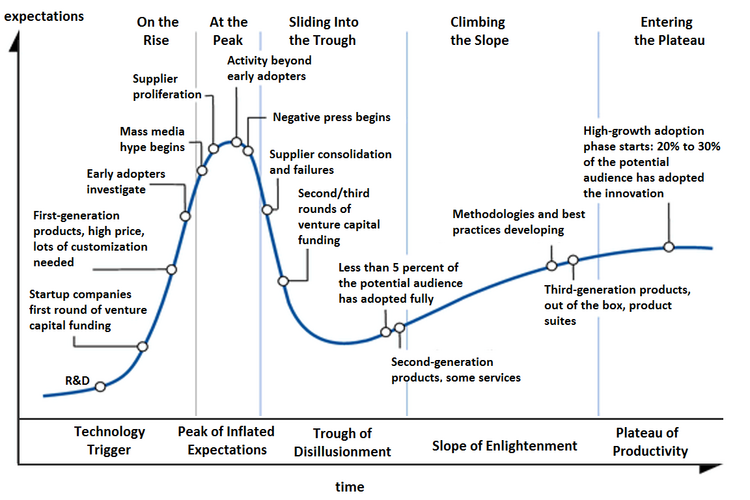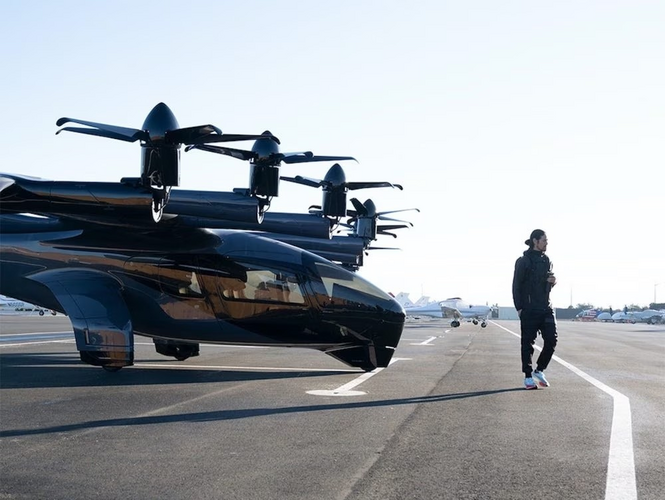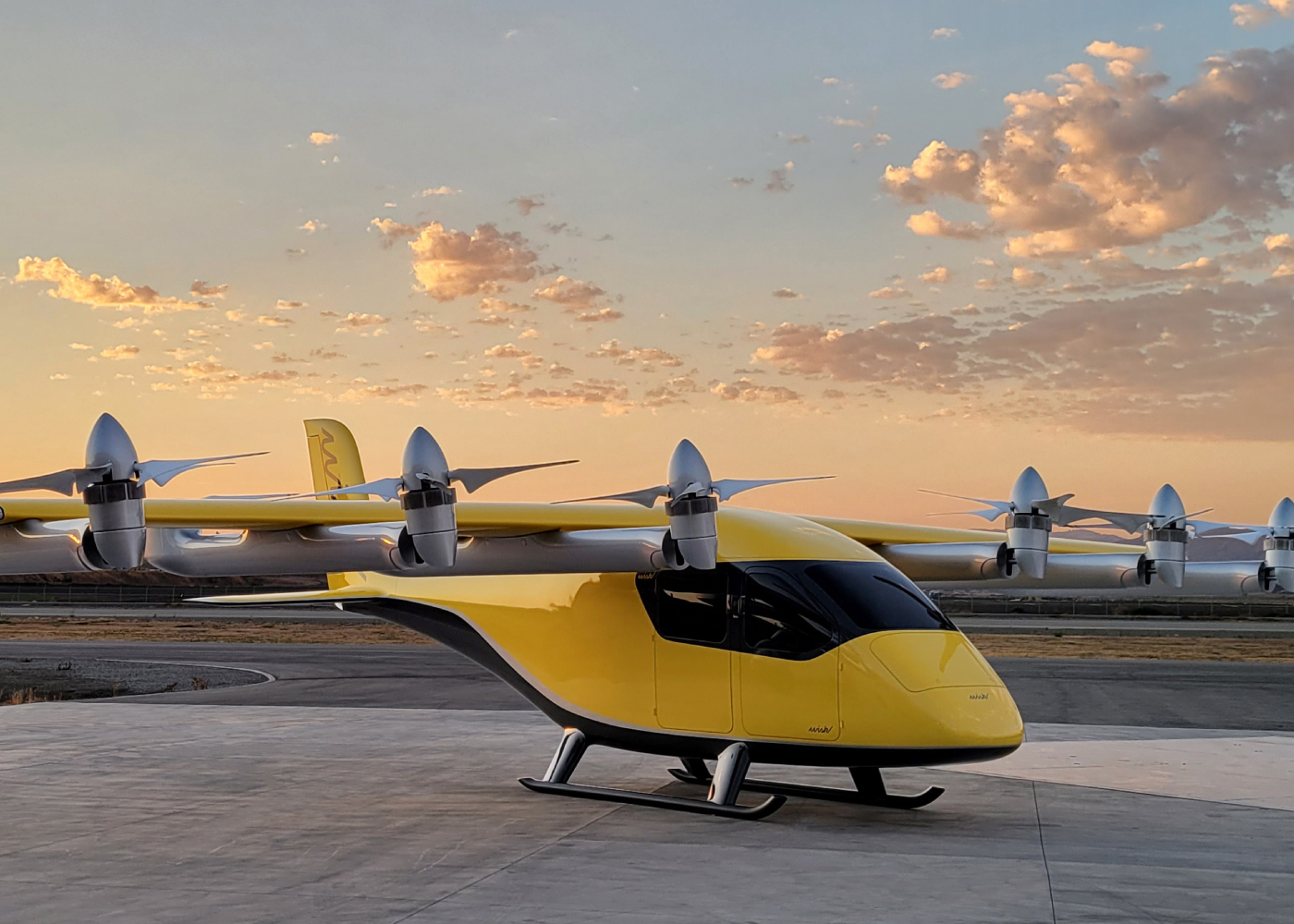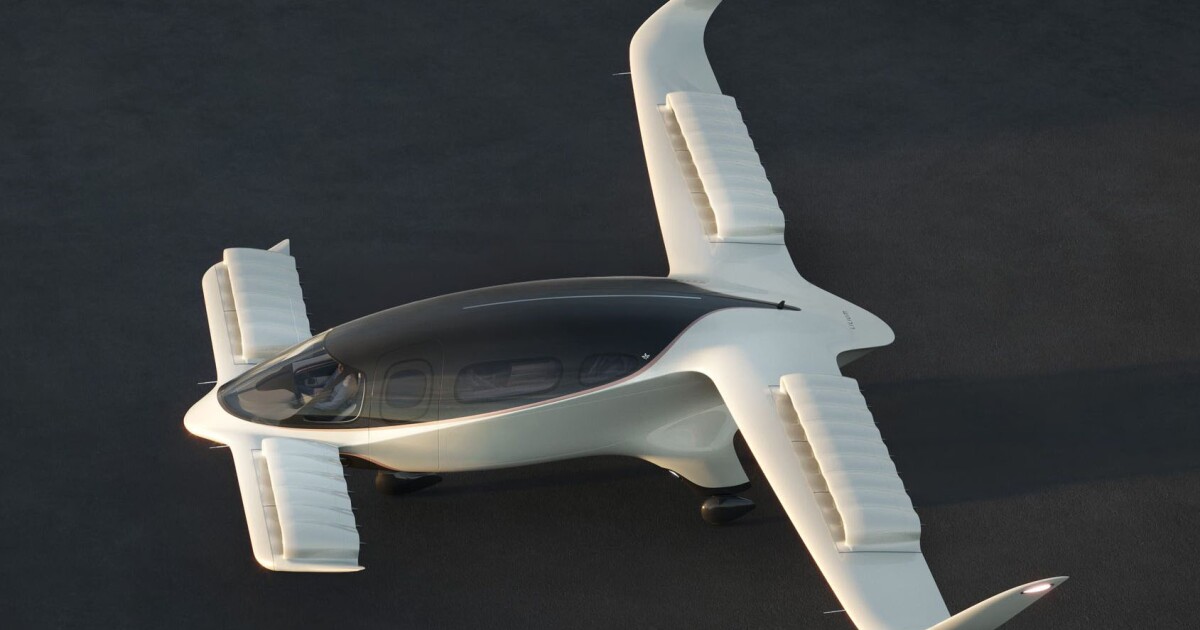- Joined
- 24 November 2008
- Messages
- 1,549
- Reaction score
- 2,612
In general eVTOL are promoted as less mechanical complex and consequently less maintenace intensive than helicopters...
Now, looking at this picture I see a five-bladed variable pitch propeller, a gearbox, a pivot, a lever and a control rod. And all of that six times (the six propulsion units on the trailing edge are non-tilting and feature fixed pitch propellers)...
...I have a lil doubt this is valid for this kind of tilt rotor configuration. Not even considering all the complex electronic hardware and software involved (But that is indeed a distinctive feature of all eVTOL types).
Now, looking at this picture I see a five-bladed variable pitch propeller, a gearbox, a pivot, a lever and a control rod. And all of that six times (the six propulsion units on the trailing edge are non-tilting and feature fixed pitch propellers)...
...I have a lil doubt this is valid for this kind of tilt rotor configuration. Not even considering all the complex electronic hardware and software involved (But that is indeed a distinctive feature of all eVTOL types).

